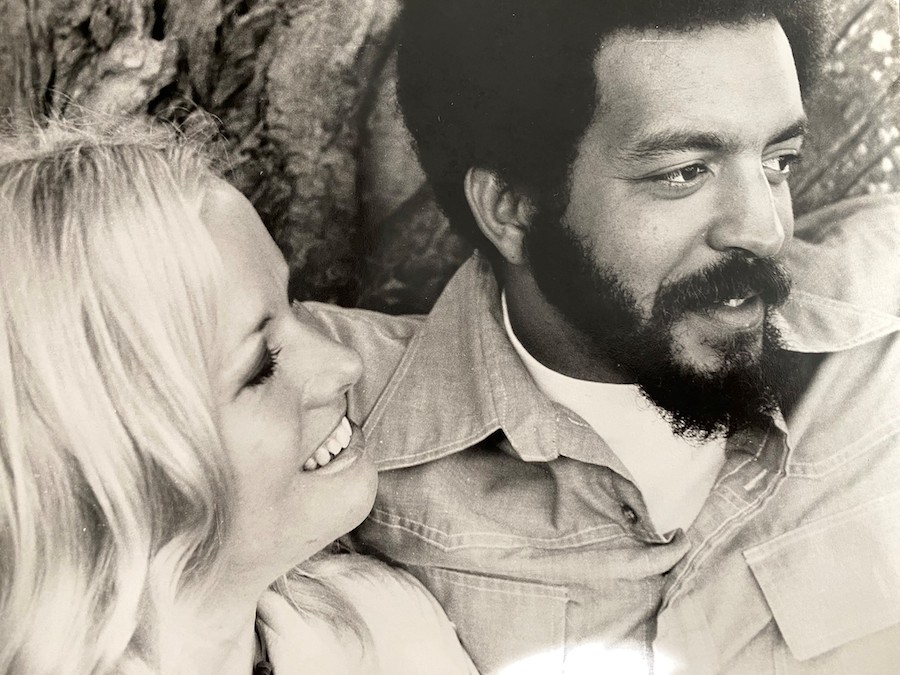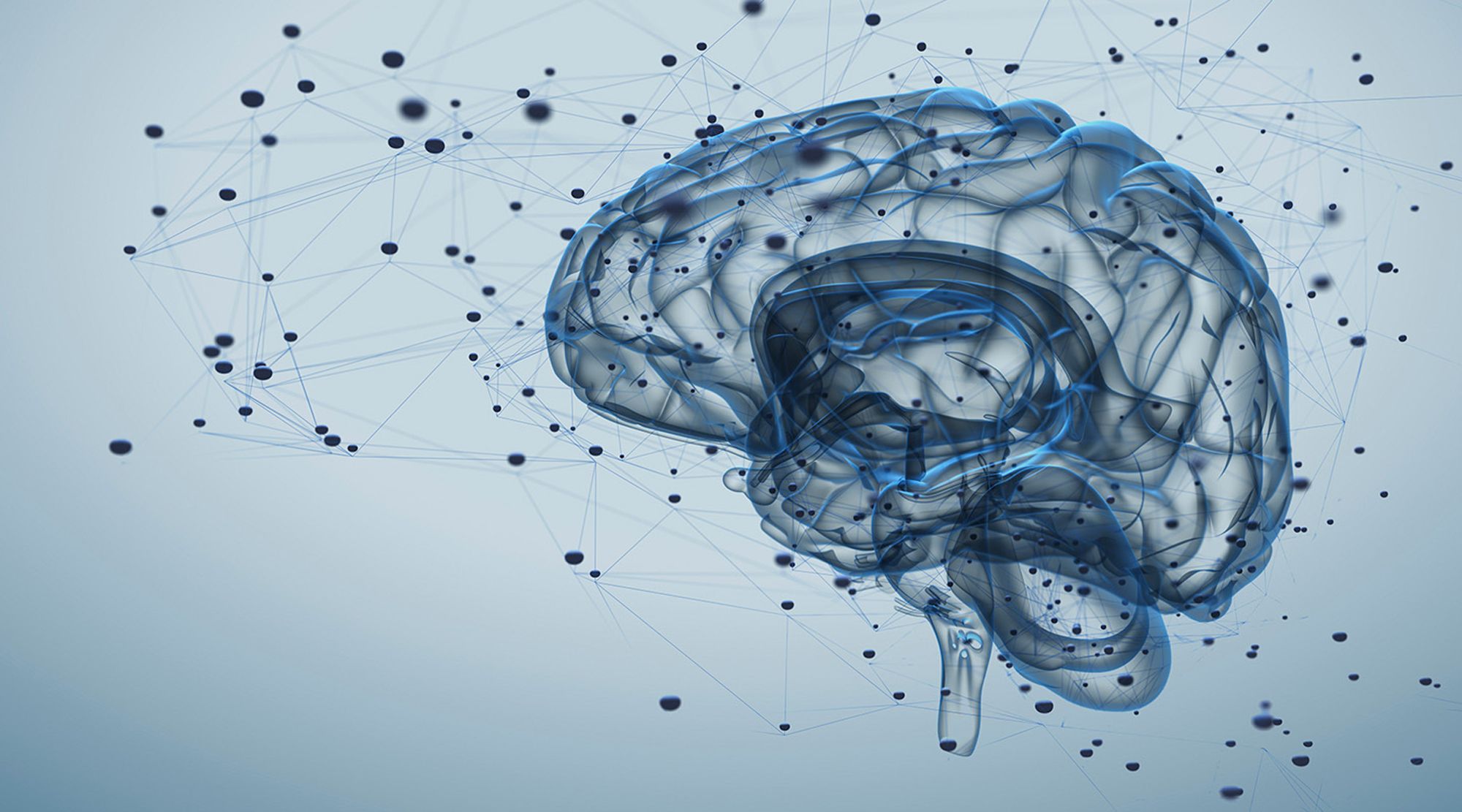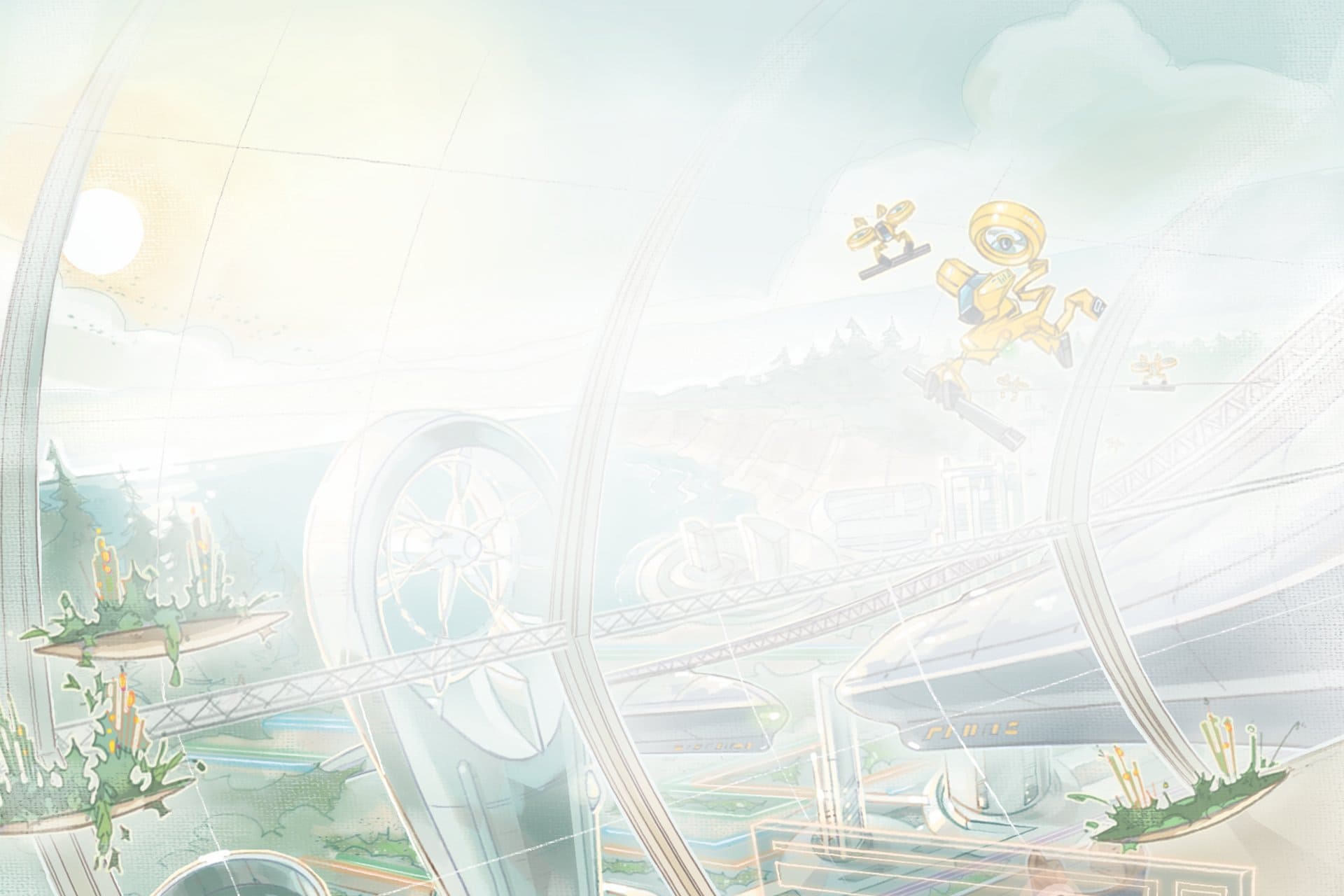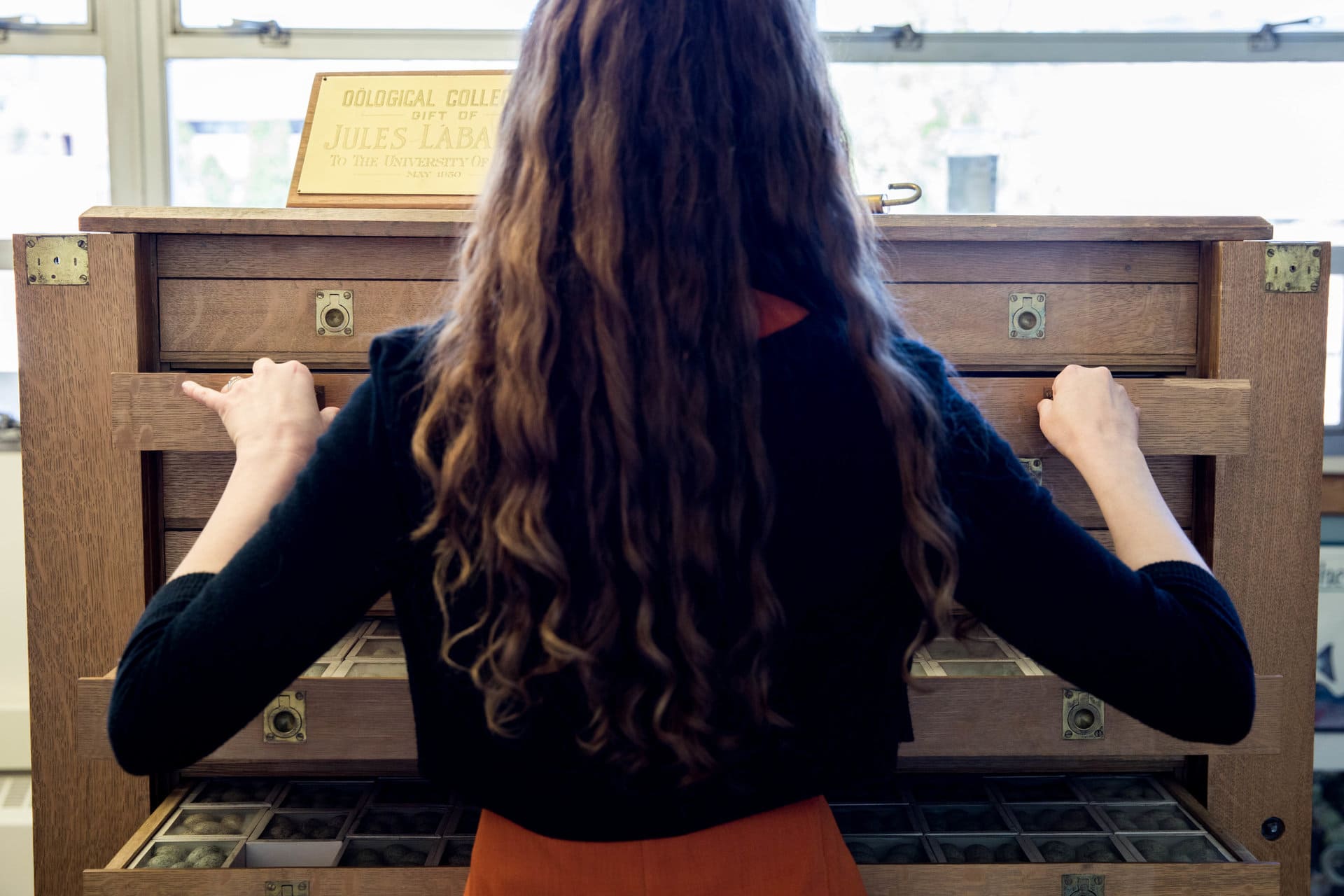NevadaToday
Update regarding John Mackay Statue Discussion Advisory Committee Since September 2020, the John Mackay Statue Discussion Advisory Committee (JMSDAC) has been working on developing recommendations for University leadership for paths forward regarding concerns about the John Mackay Statue.
Update regarding John Mackay Statue Discussion Advisory Committee
June 7, 2021
Dear Wolf Pack Family,
Since September 2020, the John Mackay Statue Discussion Advisory Committee (JMSDAC) has been working on developing recommendations for University leadership for paths forward regarding concerns about the John Mackay Statue. The concerns center on whether the statue condones, commemorates or perpetuates systemic racism due to the personal beliefs of its sculptor, Gutzon Borglum, or through its commemoration of John W. Mackay.
The Mackay Statue Discussion Advisory Committee, chaired by Annie Huhta, Director of the Mackay School of Earth Sciences and Engineering, and Dr. Melanie Duckworth, Associate Dean of the College of Science, has completed its report and provided recommendations to the Office of the President. I wish to thank Director Huhta and Dr. Duckworth for chairing this committee, as well as the committee’s members, for their work in completing this report and in providing recommendations to University leadership.
Before I share the recommendations, it should be noted that the committee’s membership included stakeholders who represented a wide variety of experiences, perspectives and interests. Not all stakeholders who were invited to participate on the committee did so, however, which could have been a reflection of the challenges many communities were feeling in the face of pandemic/issues of social justice while the committee was meeting during the fall. In particular, the committee noted that there was a dearth of input from Indigenous stakeholders, a number of whom were invited to participate, but for various reasons chose not to participate.
Throughout their discussions, all members of the JMSDAC agreed that the systemic racism, violence and discrimination experienced in Nevada by marginalized communities including people of color and indigenous communities, both past and present, is deplorable. Equally, all of the members agreed that there is still a great deal that can and should be done to acknowledge, learn from and address the lasting impacts of that racism, violence and discrimination. Finally, all of the committee members agreed that none of the examples of those actions or beliefs documented in Nevada’s history could be attributed to John Mackay. The committee also discussed the actions and associations of the statue’s sculptor, Gutzon Borglum, and what this meant to the symbolism of the statue both past and present, while also discussing Borglum’s associations with racist organizations that occurred after he created the statue of John Mackay.
Committee recommendations
The committee recommended the following:
Develop strong lines of engagement and communication with all communities affected by the unequal power dynamics that characterized the settlement and development of the American West and particularly the settlement and development of Nevada.
The committee strongly recommended that the University seek direct input from our Indigenous stakeholders, who must be recognized as vital if the University is to move forward with dignity and respect when discussing any issue related to justice, diversity, equity and inclusion.
Of five options presented regarding the John Mackay Statue, the JMSDAC recommended that the following option be considered strongly for implementation by University leadership:
Retaining the statue in place, using these discussions as a springboard for holistic public discussions and representations of Nevada’s history, including the impacts of the state’s settlement and development on marginalized communities, people of color, and perhaps most importantly, Indigenous lands and communities. Such representations could include interpretive displays either outdoors or within the various museums across campus, in order to help bring awareness to the impact of Nevada’s settlement and development on marginalized populations, Indigenous lands and people.
I accept the report of the committee. Further, I support the option listed above, that of “Retaining the statue in place while using these discussions as a springboard for holistic public discussions …” as the University moves forward regarding the future of the John Mackay Statue.
The University’s next steps will involve planning and implementation of ongoing public discussions about the impacts of the state’s settlement and development on marginalized communities, people of color and Indigenous lands and communities. We will be reaching out to a number of stakeholders and communities in making this effort, including our Indigenous community. We are also hopeful that with a number of nationally recognized and respected faculty whose teaching, scholarly expertise and outreach are in these areas, we can make significant inroads in bringing dialogue, discussion, awareness and understanding to these important issues.
If you would like a copy of The Mackay Statue Discussion Advisory Committee’s full report, please contact the Provost’s Office at provostoffice@unr.edu.
Sincere regards,
Brian Sandoval
President



